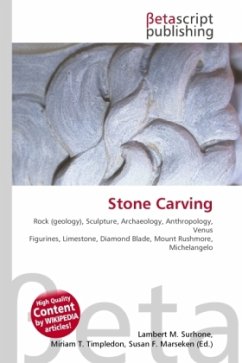Please note that the content of this book primarily consists of articles available from Wikipedia or other free sources online. The Stepped Stone Structure is the name given to the remains at a particular archaeological site (sometimes termed Area G) on the eastern side of the City of David, the oldest part of Jerusalem. The curved, 60ft high, narrow stone structure is built over a series of terraces (hence the name). A casemate wall adjoins the structure from a northerly direction at the upper levels, and may have been the original city wall. It was uncovered during a series of excavations by R.A.S. Macalister in the 1920s, Kathleen Kenyon in the 1960s, and Yigal Shiloh in the 1970s-80s. Kathleen Kenyon dated the structure to the start of Iron Age II (1000-900 BC); Macalister believed it to be Jebusite. Macalister, the first to excavate the structure, called the remains he had found a ramp; other scholars, after the more recent discoveries by Kenyon and Shiloh, have suggested that it might be a retaining wall, or a fortress.
Bitte wählen Sie Ihr Anliegen aus.
Rechnungen
Retourenschein anfordern
Bestellstatus
Storno








